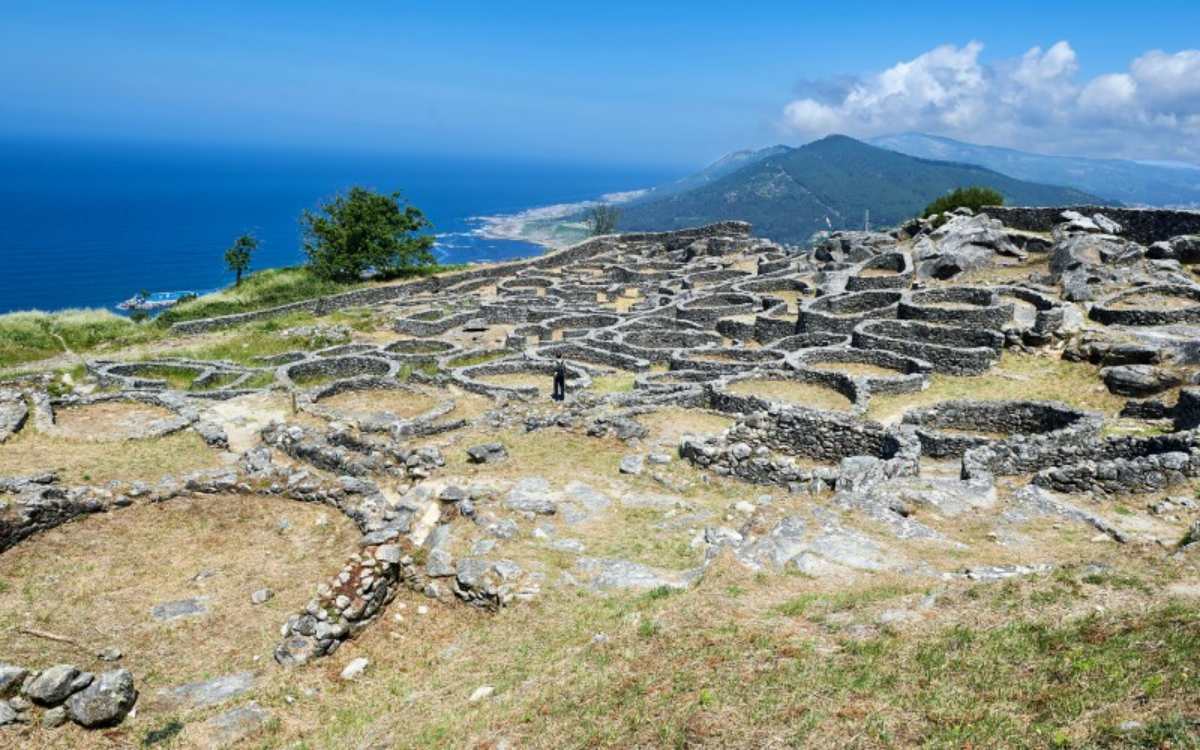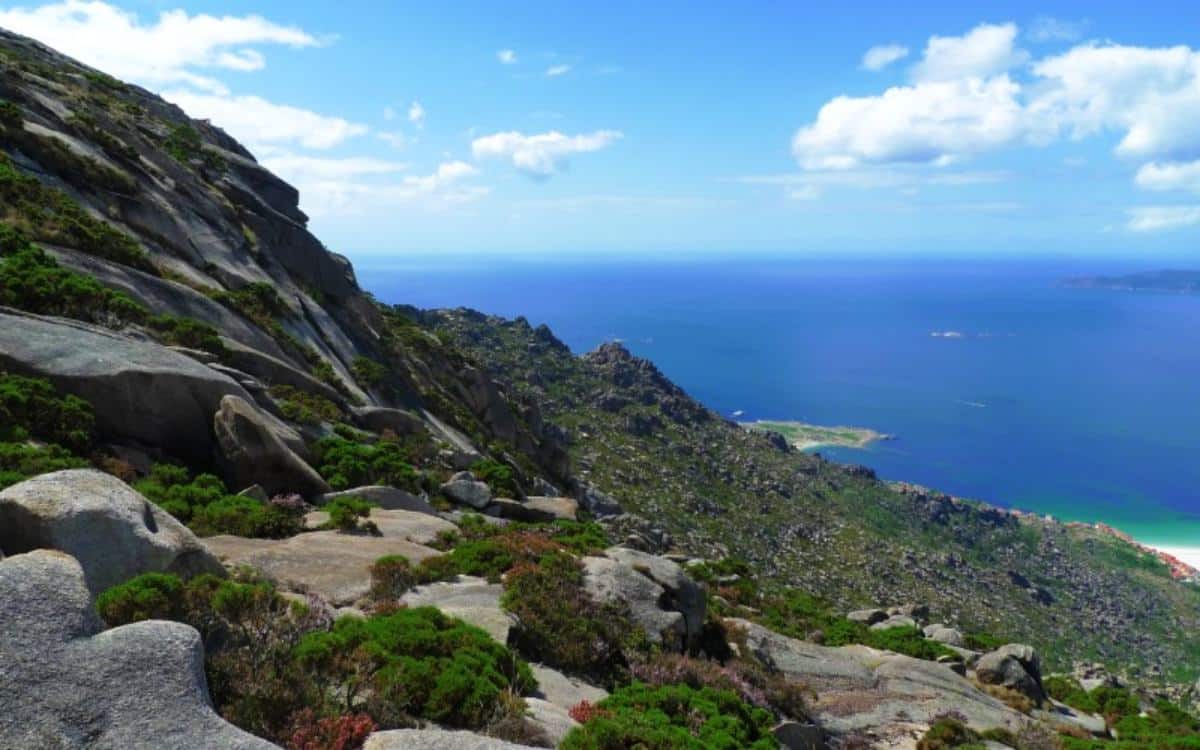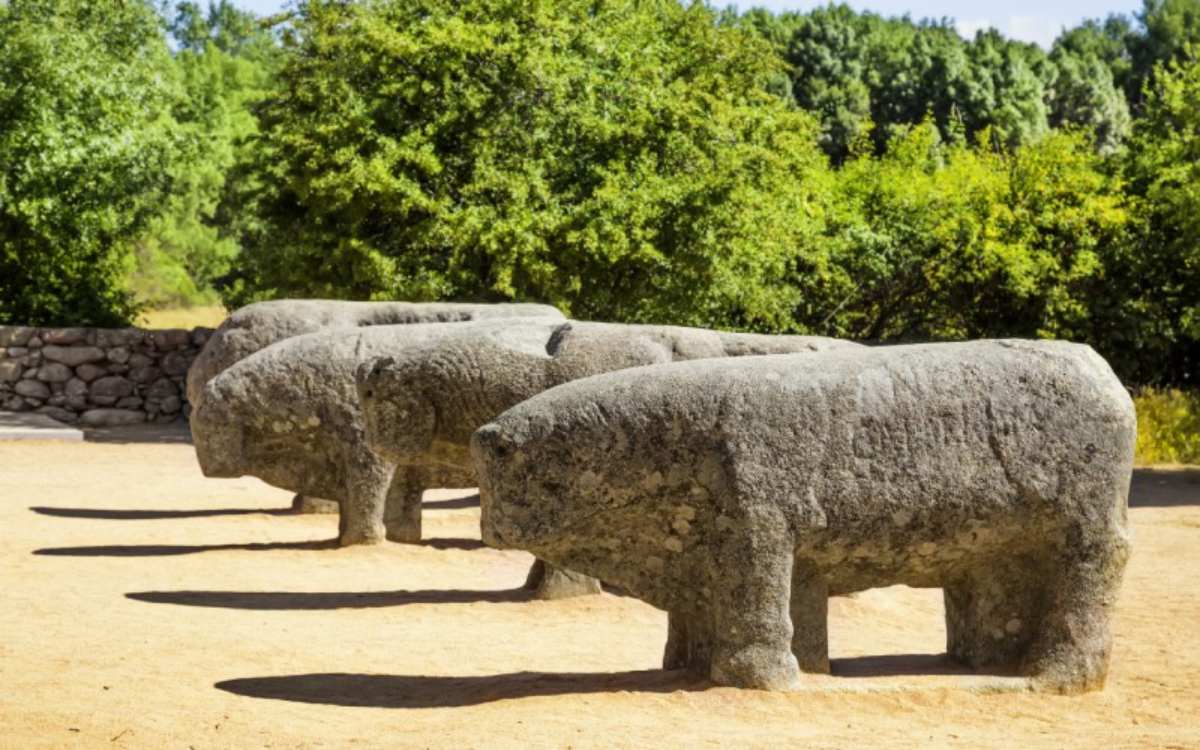
When ancient Greek and Latin writers and chroniclers met the Celts, they described them as a brute and barbaric community which seemed to love festivities. They excelled in war and were skilled in metallurgy. They would never imagine that some of their beliefs and traditions would still be alive thirty centuries later in great part of the European territories they conquered. The Iberian peninsula lived this occupation deeply, so it is still possible to find rests of their presence.
However, it is worth noting that it is difficult to follow a pure Celtic culture in the peninsula, which happens in other territories too, like France. When this group invaded the peninsula, it had to adapt to its previous population. Many subcultures developed for this reason, making it difficult to study the purely Celt groups. That is the case of the Castro culture in the north of Spain or the Vettones, whose trace can be found in the heart of the country. May these lines serve as a prologue to a history and great legacy that should be studied in detail.

Castro de Santa Trega. | Shutterstock
Nowadays, the population centres established in the peninsula are one of the most recognisable elements of the Celt culture. The word ‘oppidum’ refers to cities of a significant size which were built around the need of defence. Strategic places were chosen as a base.
The more extended and recognisable concept are the ‘castros’, villages of a smaller size which are usually found in the northwest of the peninsula. Plenty of them have been preserved properly along the Galician territory – that’s the case of the castro of Santa Trega in Pontevedra. The remains of these areas of great extension have been maintained to the present day, and even two houses have been rehabilitated. A simple walk by this place will be enough to value the base of the houses, in special, due to its circular shape, which links them to the ‘pallozas’ from Galicia and León.
In A Coruña, you will find the popular castro de Baroña. Once again, it’s ubicated in a strategic location, in a peninsula by the ocean, and it’s properly preserved. In the province of Lugo, to the east, the castro of Viladonga can be found. It offers a fascinating view of what a fortified castro would look like in the green landscape of Lugo. Actually, there are many castros in Galicia.
However, Galicia isn’t the only place where the Celtic legacy remains. The castro de Coaña is the most popular one in Asturias. It’s a walled settlement that was discovered around two centuries ago, and has been in reconstruction since. On the other hand, La Rioja also houses Celtic remains. The Contrebia Leucade archaeological site holds traces of the Celtic communities who inhabited this place and can be found here.

Monte Pindo. | Shutterstock
When listing the locations of this community, we must think beyond their settlements. Monte Pindo, known as Olimpo Celta, is a granite massif up to 600 metres high, a collection of anthropomorphic and zoomorphic formations. Its top, the Pedra da Moa, is believed to have hosted diverse cultural and religious rituals. We can’t forget about the necropolis El Altillo, in Aguilar de Anguita, a wide Celtiberian cemetery which contains thousands of tombs.
Who can we unravel this culture? Since it was mainly oral, there isn’t much left to us. Druids and other figures, such as the first bards, were in charge of preserving knowledge. It is known that their beliefs were based on nature and its cycle and that is the main reason why their rituals took place outdoors and not in buildings, like the future Catholic churches.
Festivities such as Magosto, popular in Galicia and León, have prevailed until our days. It’s a tribute to life and death, to everything surrounding the end of the harvest and the onset of winter. It takes place in the first ten days of November and revolves around chestnuts. Another festivity, Samaín, regarding the end of the summer in this case, is growing rapidly in Galicia. It’s name originates from the Gaelic word Samhain, strongly influenced by Celts. It’s celebrated every 31st of October, just like Halloween, a celebration that might descend from the former. They share their main concept: the dead enter the living world during this night.

Toros de Guisando. | Shutterstock
Undoubtedly, the most popular Celtic artistic expression is music, thanks to its bagpipes that we all associate with places like Asturias or Galicia. A great example of this is the Festival Internacional do Mundo Celta de Ortigueira, a folk music festival which attracts thousands of people every single year. Traditional music has evolved with the passage of time and has incorporated dances that preserve their Celtic origins, like the ‘muñeira’ dance.
On the other hand, some sculptures and utilities allow us to understand their aesthetics. Let’s not forget about the Toros de Guisanto, a set of bull shaped sculptures attributed to the celtic community of the Vettones from the 3rd century BC. You can discover them near El Tiemblo, in Ávila.
Pieces of great value have been preserved until the present days as well. That is the case of the ‘torques’, some type of collar that used to be part of rituals and proved the social status of their owners. Iron and bronze torques, and some made of precious metals, have been found in the Peninsula. In Guadalajara, the pectoral of Aguilar de Anguita from the 4th century BC stands out as well. This decorative item consists of two bronze disks that Celtiberian warriors used to carry on their armour. Actually, this item seems to have been more used in battles than in rituals and protection is its purpose.

Castro de Viladonga. | Shutterstock
The Celtic world is obviously a mystery, since its traces are limited, especially those regarding its culture. This community disappeared when Romans conquered the peninsula, so we must travel back in time many centuries to find its origins and their period of maximum splendour. It is wide because that time lasted many centuries. And it is complex due to the difficult task that analysing a purely Celtic culture is, thanks to the many subcultures that were born from it. But, as we have said before, these lines are merely an introduction to what remains of the Celts in Spain.